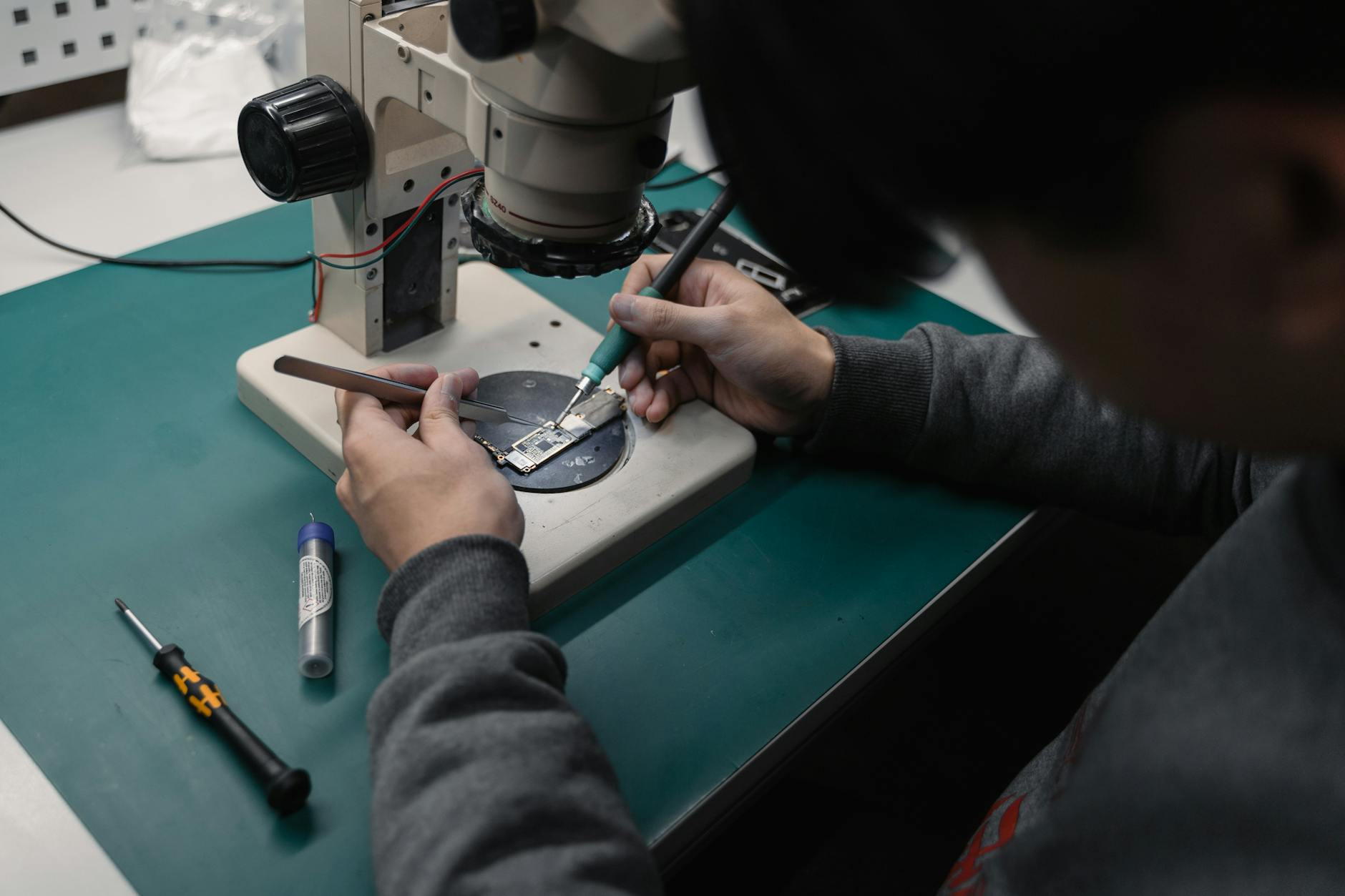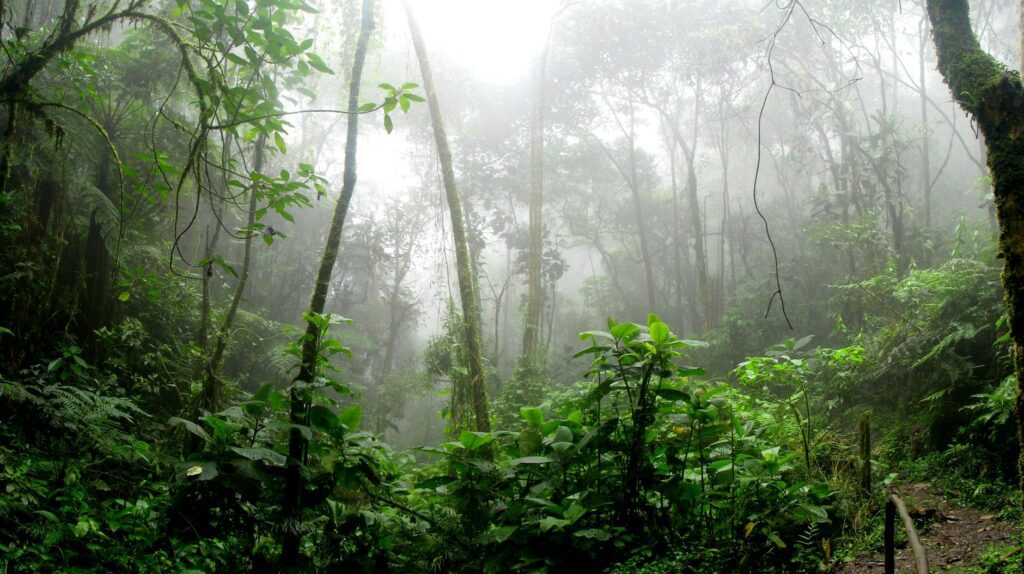In a world where convenience often trumps conscience, the big Marketplace Amazon stands as a towering monolith of consumerism. For years, many environmentally and socially conscious individuals, myself included, have steered clear of its digital aisles, because of the overwhelming concerns over its dubious environmental and labour practices. However, recent developments suggest that the retail beast might be turning over a new leaf, prompting a reevaluation of its impact and our relationship with it. So, maybe it's time to take another look at Amazon and see if they're becoming a friend to the environment and people.
The Not-So-Great Past
Let's address the elephant in the virtual room: Amazon's track record hasn't exactly been stellar when it comes to environmental and social responsibility. From reports of excessive packaging to allegations of poor working conditions in its fulfilment centres, the company has often found itself in the crosshairs of criticism.

Remember the days when ordering 3 items would result in an avalanche of cardboard boxes arriving at your doorstep? It was as if Amazon had a personal vendetta against trees. And don't get me started on the carbon footprint of those lightning-fast Prime deliveries with free returns.
There is no doubt that all is aimed at offering the best shopping experience, but when I see certain consuming behaviours, my skin crawls. You just need to see the queues at the post office with people returning dozens of packages of items. Or my personal favourite, people ordering items only to take a selfie for their Instagram fans.
Photo by cottonbro studio on Pexels.com
It makes me wonder if this "great customer service" and "extreme ease and convenience" in online shopping is not creating unhealthy habits for us, and our planet.
Then there were the distressing tales of warehouse employees subjected to gruelling working conditions, with reports of inadequate breaks, ridiculous salaries and unrealistic productivity quotas. Amazon's quest for efficiency seemed to be achieved at the expense of its workforce's well-being.
it was because of these reasons, that I stopped regularly buying from them years ago, only purchasing sporadically when I could not find the goods I needed anywhere else. One of my last purchases was a replacement battery for my phone which I proudly exchanged myself 💪.
The Winds of Change at Amazon
But as I am trying to be less judgmental and more understanding when it comes to my attitude to sustainable living, I decided to hold my judgment. In recent times, I couldn't help but notice several initiatives strongly advertised by Amazon, aimed at mitigating its impact on the planet and its people. So I decided to have a second look at it, dear reader, for there's a glimmer of hope on the horizon.
Amazon Renewed Program
First, let's talk about the Amazon Renewed program. In our Green Cloud Nine shop we already promote refurbishing brands like SMAAART because renewal initiatives give refurbished electronics a new lease on life, diverting them from landfills and offering budget-conscious consumers a more sustainable option. It's like giving gadgets a second chance at happiness, and who doesn't love a heartwarming redemption story? So, I was really curious about how this Amazon program works:
According to Amazon:
"Products sold on Amazon Renewed are professionally inspected and tested to work by an Amazon-qualified manufacturer and performance-managed supplier. If we source products from a third-party seller, the third-party seller tests and inspects the product."
So, it seems Amazon is very strict about the criteria these suppliers need to meet, which is always a good thing for us customers. The products will be fully functional and depending on their cosmetic and functional condition they get classified in different categories: Premium, Excellent, Good or Acceptable Condition.
They back the whole thing with a 90-day supplier warranty if the product is faulty, defective or doesn't work as expected. Warranty can be even longer for Premium Renewed items and Amazon's standard return policy still applies. All these steps work to give customers security in case the items are not properly reconditioned.
Also an Amazon's Second-Chance Market
Then there's Amazon's foray into the world of second-hand goods.

About 90% of my shopping is already second-hand, mostly done at the local thrifting NGO store. I support them because with the shop they create female employment. What I cannot find locally, I search for in online second-hand shops like Momox Fashion or Vinted. And of course, I also sell or donate goods that I can no longer use.
Maybe Amazon's motivation to provide a platform for sellers to hawk their pre-loved wares, was economic. I can imagine them wanting to tap into the blossoming and profitable market for sustainable shopping. But may as it be, it's a win-win situation. Shoppers get to snag a bargain while reducing their environmental footprint, sellers cash a few bucks and Amazon gets to bask in the glow of eco-friendly entrepreneurship.
I found it interesting that Amazon's Second Chance program is not just limited to shopping pre-owned items. They have also included several comprehensive sections:
1 Repairs
Whether these are done by third-party service providers or by yourself you can explore their options
2 Recycle and trade
This is mainly for electronics but in some countries they offer the opportunity to recycle even beverage containers.
3 And let's not forget about Amazon's packaging programs
These aim to minimize waste and maximize efficiency. From frustration-free packaging to initiatives like "Ship in Own Container," the company is finally acknowledging that less is indeed more when it comes to packaging materials. It's a small step, perhaps, but a step in the right direction nonetheless.
Giving Credit Where Credit is Due but...
But perhaps the pièce de résistance of Amazon's newfound environmental consciousness is its Climate Pledge. By committing to become net-zero carbon by 2040 and investing in renewable energy initiatives, the company is signalling its intention to take climate change seriously. It's like watching a corporate giant embark on a green odyssey, complete with solar-powered sails and carbon-neutral crewmates. These changes present an exciting proposition that I intend to follow closely.

Now, before you rush to add that shiny new gadget to your cart, let's pause for a moment of reflection. Yes, Amazon seems to be making strides towards sustainability, but let's not get carried away just yet. Greenwashing—the practice of misleading consumers into believing that a company's products or policies are more environmentally friendly than they are—remains a very real concern.
So, while we should commend Amazon for its efforts to reduce its environmental footprint and improve its social practices, let's also remember to keep a critical eye on its actions. Actions speak louder than words, and only time will tell if Amazon is truly committed to its newfound green ethos or if it's just a case of clever marketing.
Let's Keep an Open Mind and a Critical Eye
In the ever-evolving saga of Amazon's impact on the planet, it seems we've reached a turning point. While we will not easily forget the company's past transgressions, its recent initiatives towards sustainability and social responsibility offer a glimmer of hope.
As consumers, we have the power to shape the future of commerce by supporting companies that prioritize people and the planet. So, the next time you find yourself browsing through Amazon's virtual shelves, remember to keep an open mind, a critical eye, and perhaps a sprinkle of optimism. That is what my team and I will be doing too, tracking Amazon's journey into sustainability. After all, even the mightiest rivers can change course with a little help from the currents of progress.
We will stay true to our values and continue promoting products from small, innovative and sustainable companies to support a balanced prosperity. Having said that, we may also recommend some products that we believe support our mission to make sustainable living easy, even if their suppliers have chosen Amazon as their distribution platform because we understand how complex and difficult it is for small companies to own their distribution channels. We hope you understand our position.

Lola is the founder of Green Cloud Nine. Nature lover and environmental activist since she was a teenager, Lola has always been a great fan of homesteading and she is continuously experimenting and finding her way to be more self-sufficient and sustainable.

